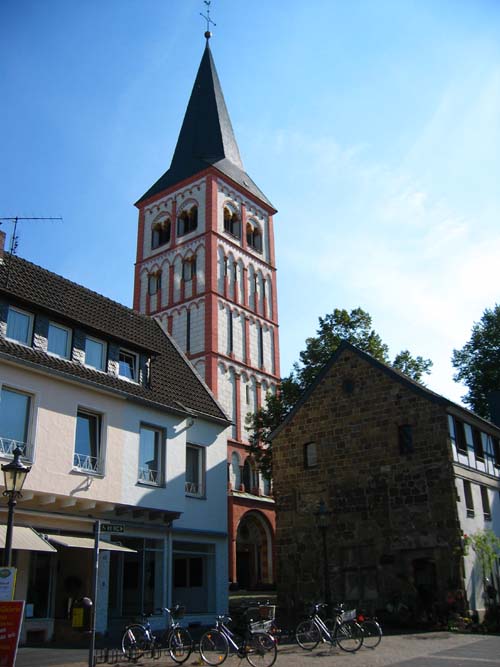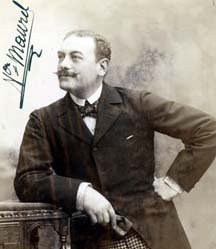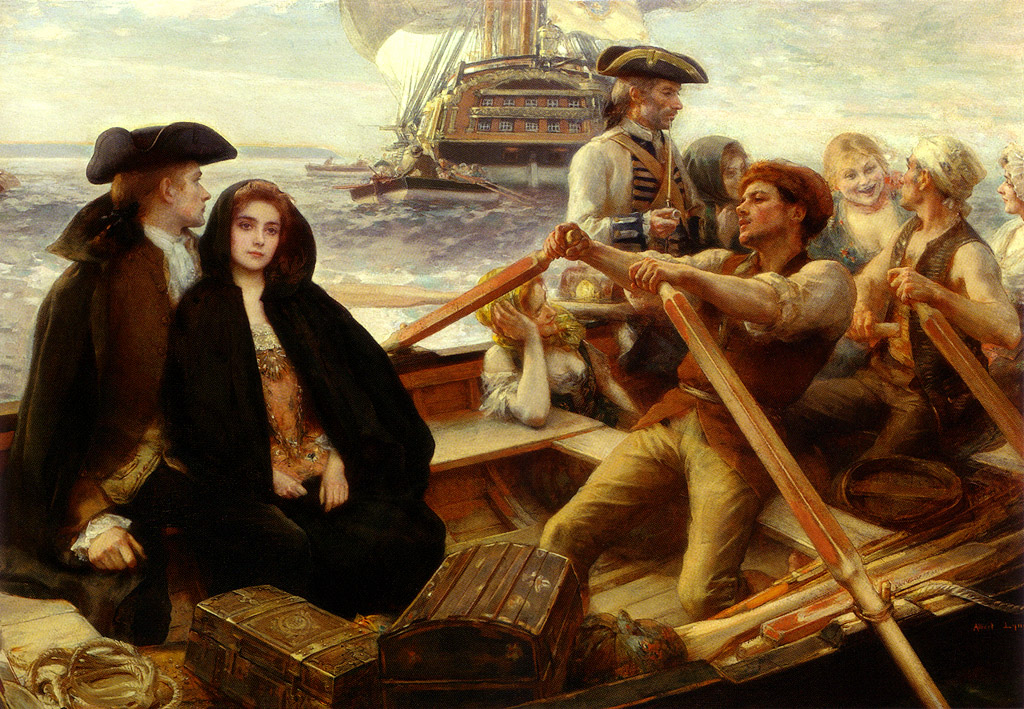|
Liselotte Hammes
Liselotte Hammes (born 1933) is a German operatic soprano and academic voice teacher. While based at the Cologne Opera, she performed internationally. One of her signature roles is Sophie in ''Der Rosenkavalier'' by Richard Strauss, which she performed at the Glyndebourne Festival, among other European opera houses. Career Hammes was born in Siegburg, probably in 1933. She studied at the Musikhochschule Köln, first piano, then voice. In 1957, she made her debut at the Cologne Opera, as Amor in Gluck's ''Orfeo ed Euridice''. She remained a member of the opera house until 1968 when she married, but still appeared there as a guest until the mid-1970s. She appeared as a guest in Germany and internationally, at the Staatsoper Stuttgart, the Hamburgische Staatsoper, the Deutsche Oper Berlin, the Teatro Verdi di Trieste and the Teatro San Carlo in Naples in 1962, at La Fenice and the Teatro Nacional de São Carlos in Lisbon in 1964 and 1967, at La Scala in Milan and the Rome Opera ... [...More Info...] [...Related Items...] OR: [Wikipedia] [Google] [Baidu] |
Siegburg
Siegburg (i.e. ''fort on the Sieg river''; Ripuarian: ''Sieburch'') is a city in the district of Rhein-Sieg-Kreis in North Rhine-Westphalia, Germany. It is located on the banks of the rivers Sieg and Agger, 10 kilometres from the former seat of West German government Bonn and 26 kilometres from Cologne. The population of the city was 39,192 in the 2013 census. Geography Siegburg is located approximately 8 kilometres east of the river Rhine, at the confluence where the Agger joins the Sieg, in the southeast corner of the Cologne Lowland. Neighbouring towns include Troisdorf, Lohmar, Sankt Augustin and Hennef. The nearby cities of Cologne and Bonn are easily accessible through good transport links. The highest point of the urban area is 220m above sea level ( NHN) in the Braschoß area and the lowest point is just under 54m above sea level at the mouth of the Agger. History Archbishop-Elector Anno II of Cologne founded a Benedictine monastery in 1064, known as Michaelsberg ... [...More Info...] [...Related Items...] OR: [Wikipedia] [Google] [Baidu] |
Opernhaus Dortmund
Opernhaus Dortmund is the opera house of Dortmund, Germany, operated by the Theater Dortmund organisation. A new opera house opened in 1966, replacing an earlier facility which opened in 1904 and was destroyed during World War I. It was built on the former site of the Old Synagogue, which was demolished by the Nazi local government in the 1930s. Architects and Edgar Tritthart designed the modernist structure. The design separates the functions of the stage and technical areas in the Bühnenhaus (stage house), which is dominated by straight lines, from the auditorium under a concrete shell roof. Opening season The new house opened on 3 March 1966, to serve as a venue for operas, ballets, concerts, and for plays which require a large stage. The inaugural performance was Richard Strauss's ''Der Rosenkavalier'', an opera first performed in 1911, shortly after its premiere; Wilhelm Schüchter conducted the Dortmunder Philharmoniker. Teresa Żylis-Gara appeared as Octavian, along ... [...More Info...] [...Related Items...] OR: [Wikipedia] [Google] [Baidu] |
Pagliacci
''Pagliacci'' (; literal translation, "Clowns") is an Italian opera in a prologue and two acts, with music and libretto by Ruggero Leoncavallo. The opera tells the tale of Canio, actor and leader of a commedia dell'arte theatrical company, who murders his wife Nedda and her lover Silvio on stage during a performance. ''Pagliacci'' premiered at the Teatro Dal Verme in Milan on 21 May 1892, conducted by Arturo Toscanini, with Adelina Stehle as Nedda, Fiorello Giraud as Canio, Victor Maurel as Tonio, and Mario Ancona as Silvio. Soon after its Italian premiere, the opera played in London (with Nellie Melba as Nedda) and in New York (on 15 June 1893, with Agostino Montegriffo as Canio). ''Pagliacci'' is the composer's only opera that is still widely performed. ''Pagliacci'' is often staged with ''Cavalleria rusticana'' by Pietro Mascagni, a double bill known colloquially as "Cav and Pag". Origin and disputes Leoncavallo was a little-known composer when Pietro Mascagni's ''Cavalleria ... [...More Info...] [...Related Items...] OR: [Wikipedia] [Google] [Baidu] |
Manon Lescaut
''The Story of the Chevalier des Grieux and Manon Lescaut'' ( ) is a novel by Antoine François Prévost. Published in 1731, it is the seventh and final volume of ''Mémoires et aventures d'un homme de qualité'' (''Memoirs and Adventures of a Man of Quality''). The story, set in France and Louisiana in the early 18th century, follows the hero, the Chevalier des Grieux, and his lover, Manon Lescaut. Controversial in its time, the work was banned in France upon publication. Despite this, it became very popular and pirated editions were widely distributed. In a subsequent 1753 edition, the Abbé Prévost toned down some scandalous details and injected more moralizing disclaimers. The work was to become the most reprinted book in French Literature, with over 250 editions published between 1731 and 1981. Plot summary Seventeen-year-old Des Grieux, studying philosophy at Amiens, comes from a noble and landed family, but forfeits his hereditary wealth and incurs the disappointment of ... [...More Info...] [...Related Items...] OR: [Wikipedia] [Google] [Baidu] |


